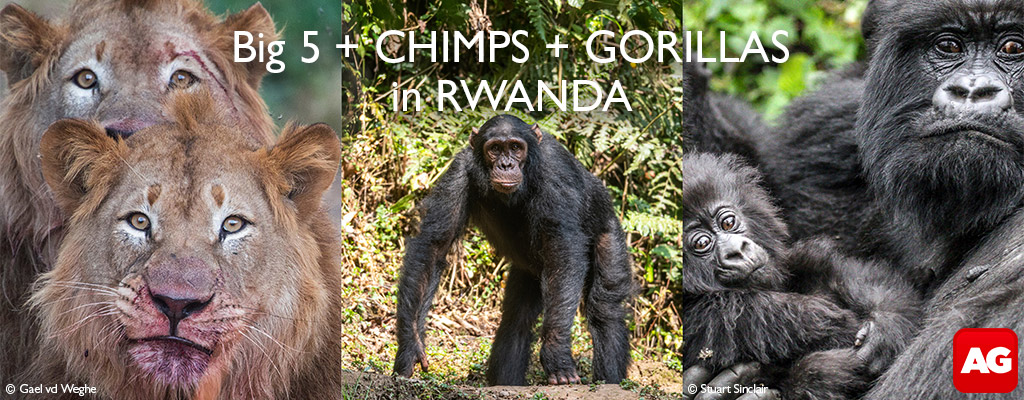
Nature may be resilient in many ways, but sometimes the damage done is so severe that only time – and an abundance thereof – could ever affect a genuine repair. A new study published in Nature Communications suggests that it would take millions of years to reverse the damage done to Madagascar and its unique and precious biodiversity.
Madagascar has been evolutionarily isolated for 88 million years, its geography and climate shaping a host of fascinating plants and animals away from outside influences. As a result, 90% of the island’s fauna and flora is endemic, with phenomenal biodiversity that is worlds apart from anything else on the planet. The island is so large and its environment so diverse that some have even argued for its consideration as the world’s eighth continent. It is home to over 300 recorded species of birds (60% of which are endemic) and 260 species of reptile, including two-thirds of Earth’s chameleon species. There are over a hundred lemur species, with new species being discovered every few years. From mountain rainforests to deserts, the creatures of Madagascar have specialised in inhabiting a wide variety of habitat types.
But Madagascar’s natural marvels are vanishing at an alarming rate – over 90% of the rainforest has been lost to human encroachment, and more than half the mammals on the island are considered endangered. Many of the island’s distinctive creatures are found only in small populations adapted for limited, specific habitats, making them particularly vulnerable to extinction.
To understand the extent of human impact on the island, a team of Malagasy, European and American scientists set out to measure how long it would take before the island’s biodiversity could be restored. This is a complicated question because no two islands or habitats are the same, species diversity develops at different rates, and some take longer to “recover” than others. There are also different approaches to what counts as lost or recovered diversity, including taxonomic and phylogenetic diversity. For this study, the researchers opted to focus on the recovery of taxonomic diversity – measured by total number of species – in Madagascar, taking into account regional rates of colonisation, speciation and extinction. Simply put, they examined how long it would take for the same number of species to evolve to replace those lost to extinction, offering an unusual temporal perspective on existing and potential damage.


This approach required that the scientists ascertain the relationships between existing species and the number and causes of recent extinctions. As not all this information was immediately available for all the Malagasy species, they built comprehensive datasets for each mammal species known to have inhabited Madagascar. This included the 219 mammals alive today and another 30 that have gone extinct in the past two millennia. Their research also required the construction of a genetic family tree to establish relationships and thus estimate how long each species took to evolve.
The authors concluded that it would take three million years to “replace” the species already lost to extinction. However, this period assumes that no further losses be allowed to take place. If Madagascar were to lose all of its endangered mammal life, it would take a staggering 23 million years to return to previous levels of evolutionary complexity and diversity. Furthermore, evolution will not simply recreate the lost species – what is lost is lost forever.
This time calculation took the researchers by surprise, as it is much longer than previous studies have found on other islands such as New Zealand or the Caribbean. This, in turn, emphasises the urgency of protecting Madagascar’s natural marvels to save the species that represent millions of years of evolution. The study’s results “suggest that an extinction wave with deep evolutionary impact is imminent on Madagascar unless immediate conservation actions are taken.”
Reference and resources
Michielsen, N. M. et al. (2023) “The Macroevolutionary Impact of Recent and Imminent Mammal Extinctions on Madagascar,” Nature Communications, 14(1)
Read more about Madagascar’s unique biodiversity here:
- Northern Madagascar
- Eastern Madagascar
- Western Madagascar
- South and Central Madagascar
- Lemurs of Madagascar
To comment on this story: Login (or sign up) to our app here - it's a troll-free safe place 🙂.![]()








